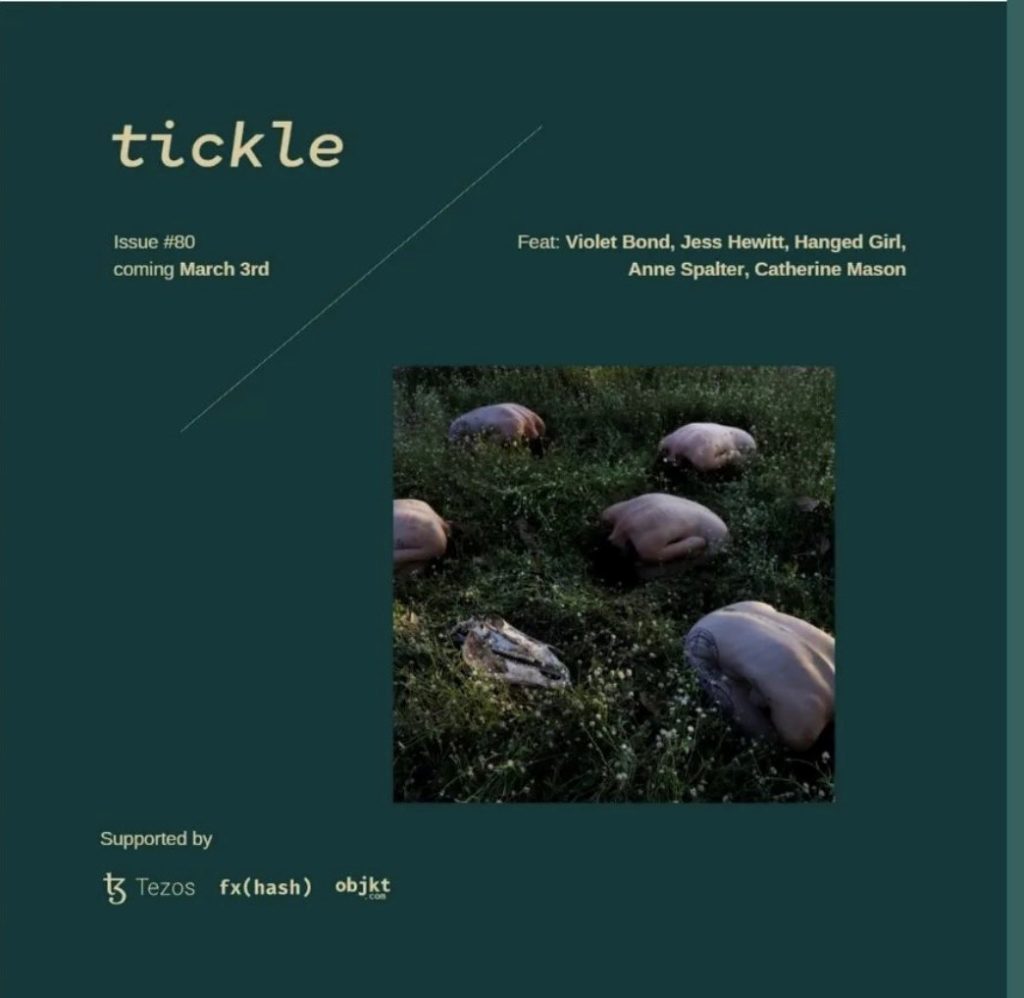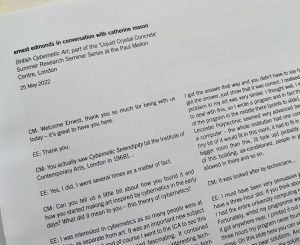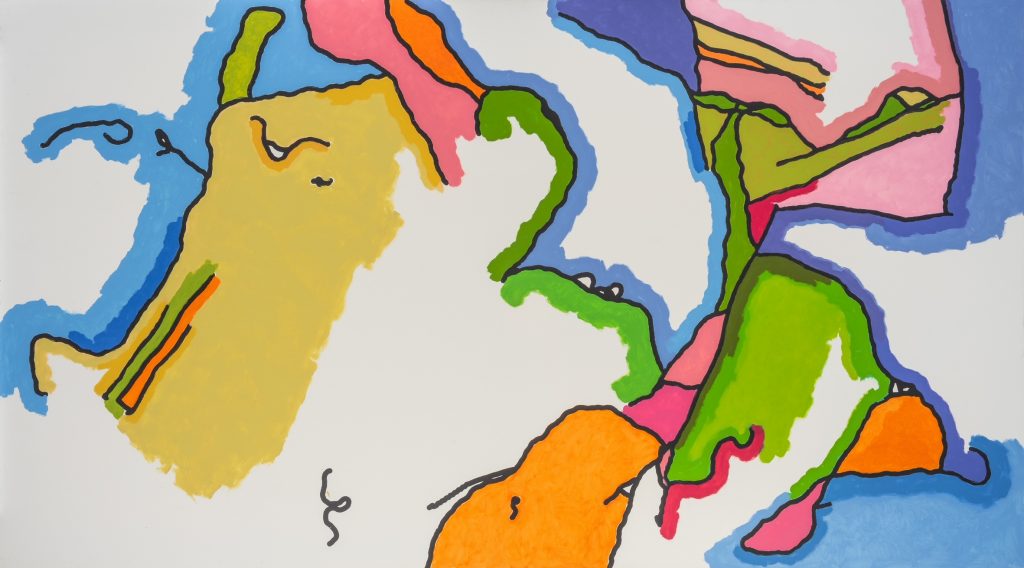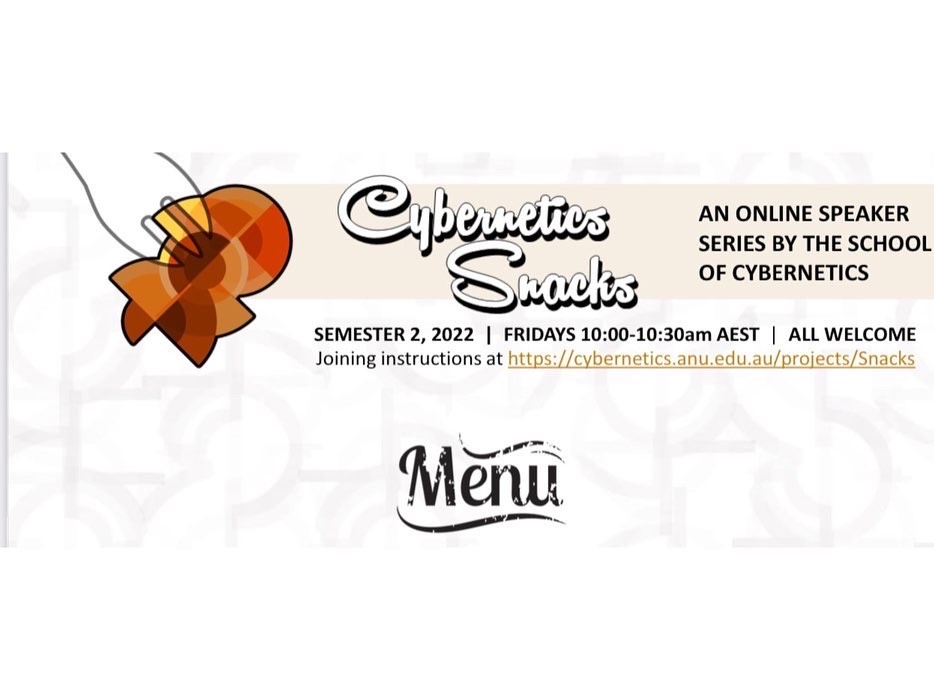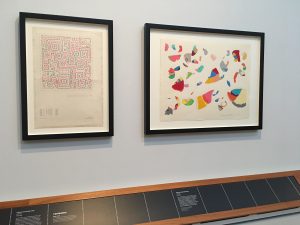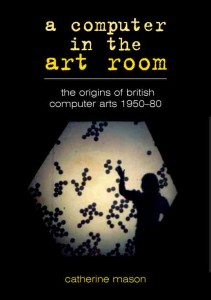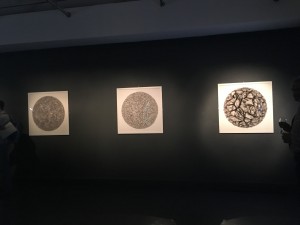I am super thrilled to be joining two dynamic creators/editors – Jess Britton and Johnny Dean Mann on their digital art magazine The Tickle. I am writing a monthly column – starting with Issue No.80, about the history of this field – each month a new topic. I’m looking forward to covering some historical subjects that still have relevance in the art world today, especially with reference to technology, society and early digital art. First up is Stroud Cornock and Ernest Edmonds with a work from 1970!
